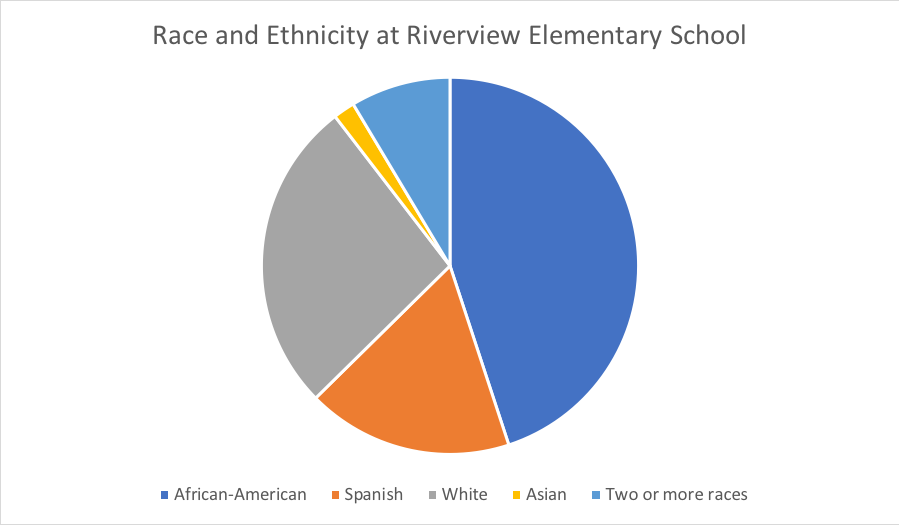For my project I wanted to choose a topic that would have a broad scope and I would be most passionate about. I decided I would do my project on specialized diets and awareness surrounding it. After submitting my initial proposal, the feedback given to me by my professor made me consider not only consider vegetarians, but also religious diets and allergies. My plan for my project then became to research which diets and allergies are most common because my brochure would not be able to fit more than 5-10 diets. After my initial research I narrowed it down to peanut-free and gluten-free diets for the allergy diets. For the religious diets I chose Kosher and Halal diets as people who practice Judaism and Islam require more diet accommodations than people who practice Christianity and other popular religions. While researching the differences between vegetarianism and veganism I learned that vegetarianism has many different levels and vegan is among the most restrained. I elected to use the 2 most common ones because it would provide the widest scope for information. My proposal also had the goal of having me inform myself while researching so that I may more considerate towards others about their dietary needs. When designing my brochure, I made sure to make it easy to read and to find information. Additionally, I included information such as locations individuals with those diets might have the best access to food if dining on campus and what each diet entails. I printed 10 copies to distribute around campus personally because I did not receive formal permission from the campus. After completing my project, I realized the campus is more considerate about diets than I had imagined. The site where I accessed most of my information regarding UMBC dining was https://dineoncampus.com/UMBC/whats-on-the-menu.
What worked with my project was the research and incorporating the information into my brochure. My goals of informing myself and creating an easy to read brochure were completed. My time management with the project worked out in the end. What did not work included finding the appropriate staff member(s) to formally distribute my brochure. My initial goal was about 30 brochures, but it has been lowered to 10 since I had to distribute them myself without asking for permission to. If I do a similar project in the future, I will contact faculty as soon as I can in order to avoid having to put the brochures around the school without asking first. I will also try to have another group member at least so I may have a second opinion on the direction of my project.
In the process of completing this project I realized I can be an activist even with small-scale projects. Even if this project only informed me about specialized diets, it was valuable information and worked to bring awareness about people who are oppressed/inconvenienced in their everyday lives. All things considered; people who have dieting needs have the burden of ordering food items from places where they are able to eat. This information would not have entered my mind before my project’s completion. I also learned that activism has a much broader scope of topics than I had anticipated. In the future, I will do my best to be more considerate towards people and conduct small acts of activism.






